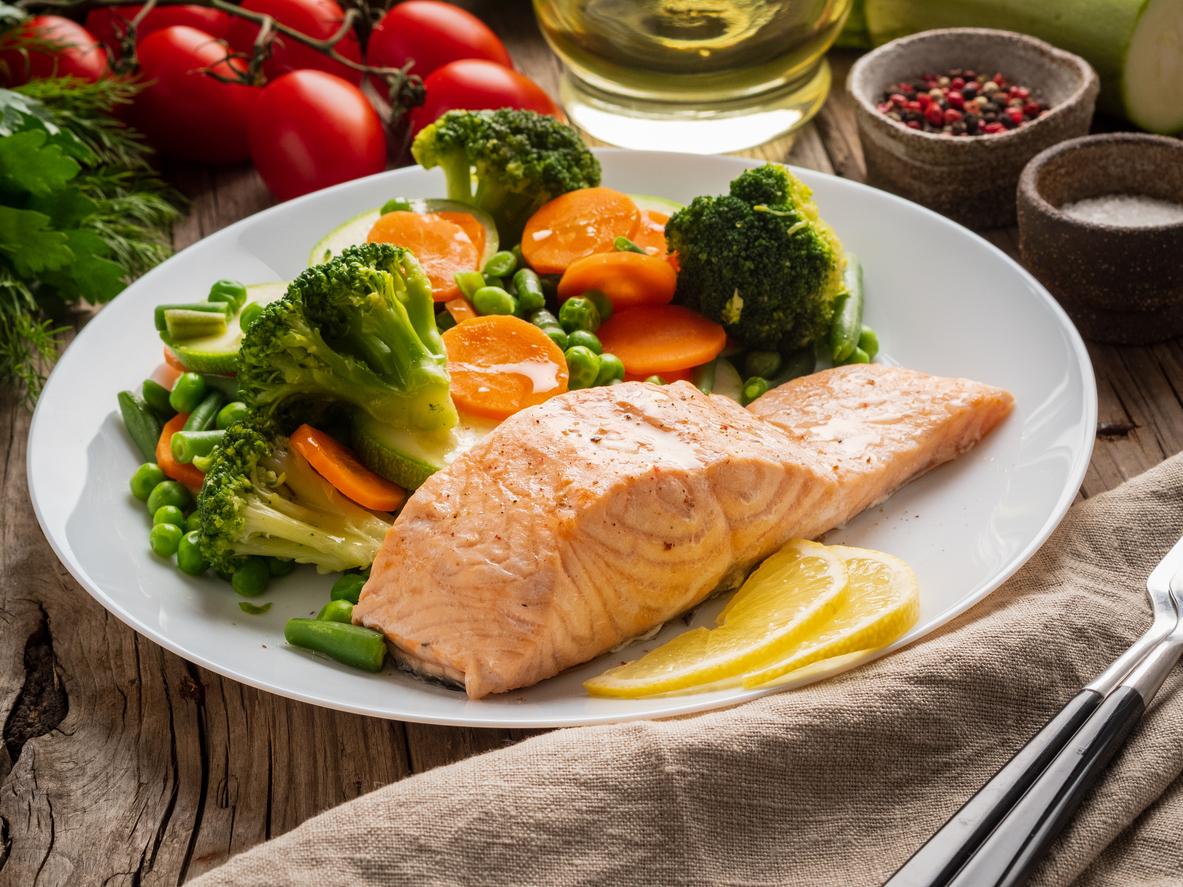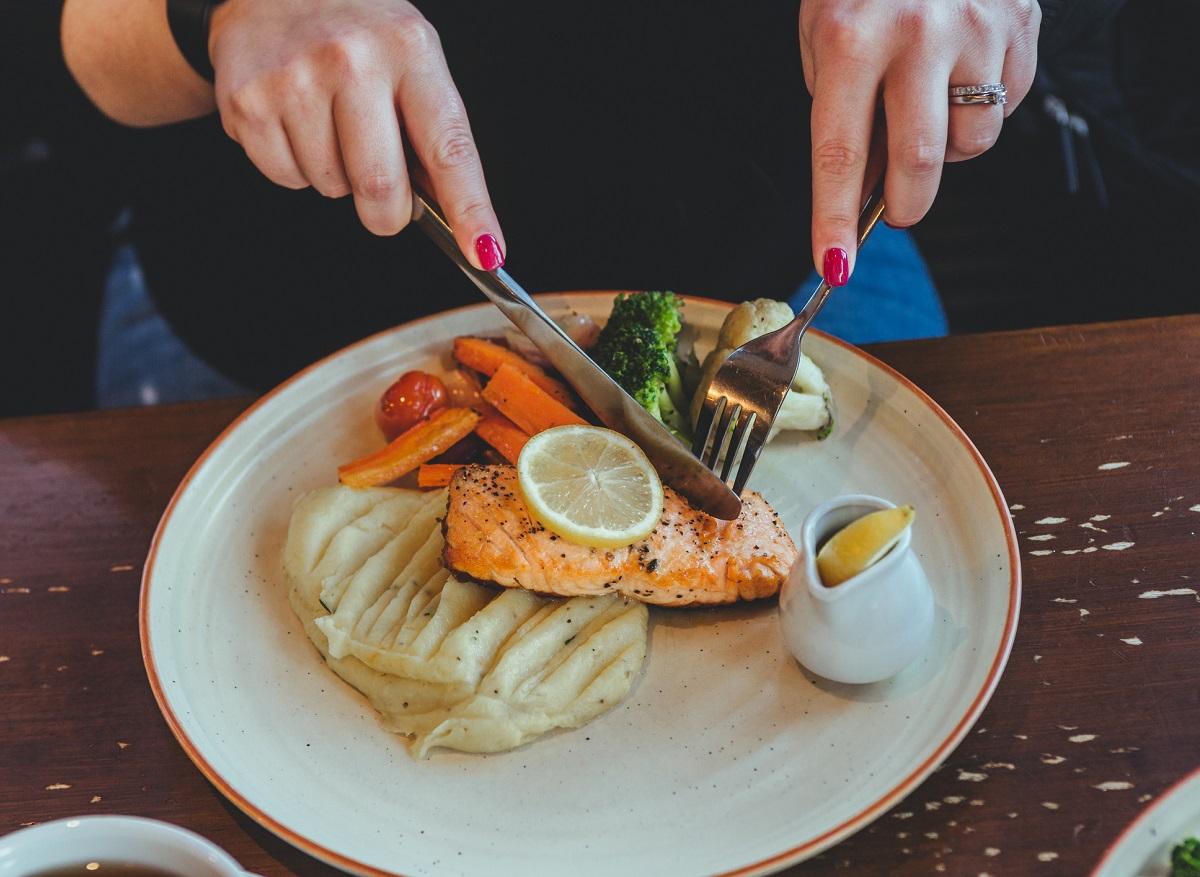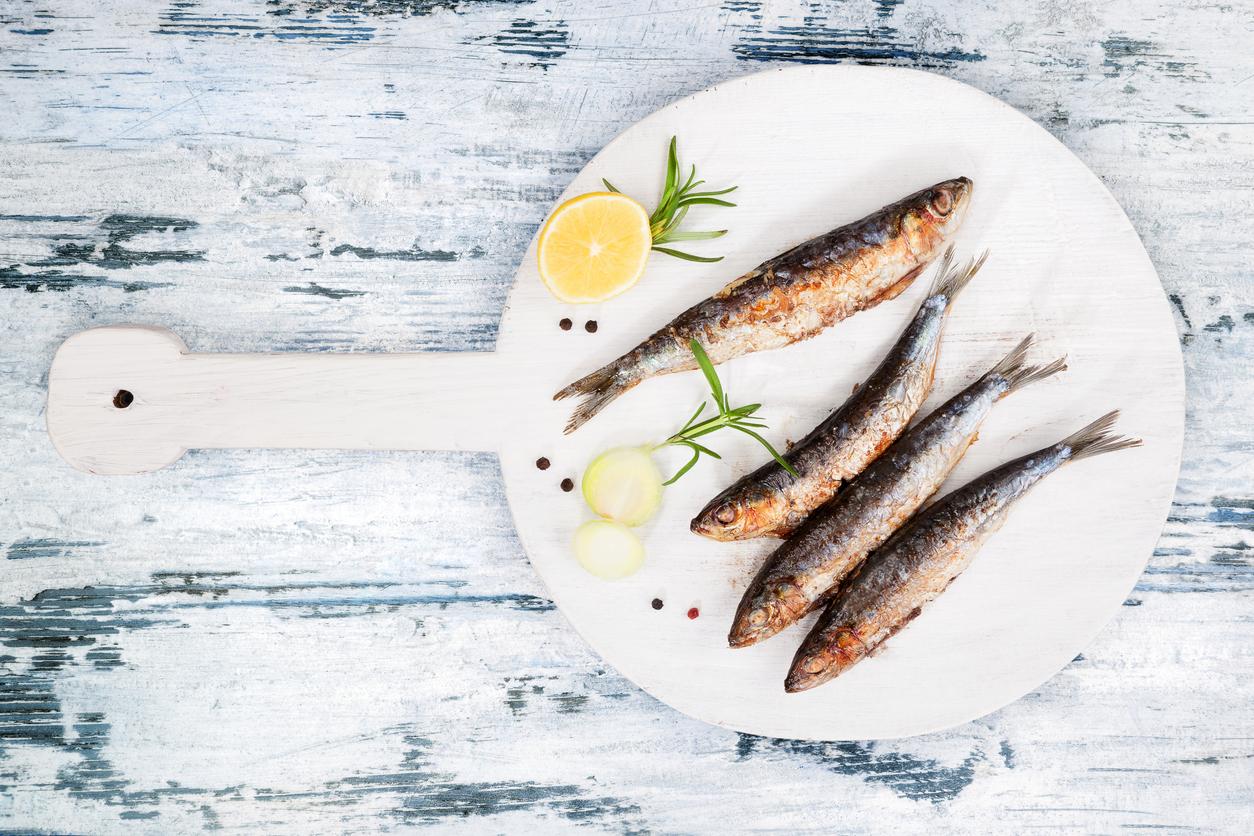
Variation is important
You always read that eating fish is healthy and that you should especially choose fatty fish. Is lean fish not healthy? It’s not that black and white.
If you want to eat healthy, eat fish once a week. Why is this advice there? Because research shows that eating fish helps protect against cardiovascular disease. People who eat fish once a week are 15 percent less likely to die from heart disease and 10 percent less likely to have a stroke than people who eat fish less than once a month. These studies mainly looked at eating fish in general, not specifically at the type of fish. Based on these research results, the Health Council concluded in 2015 that it is healthy to eat fish once a week.
Types of fat
It is not yet entirely clear why fish offers so much protection against cardiovascular diseases, but many research results point in the direction of the specific types of fat that are in fish. Compared to meat, fish contains much more unsaturated fatty acids, especially the fish fatty acids EPA and DHA.
Some EPA and DHA can also be obtained from other foods (some eggs, margarine, low-fat margarine), but fish is by far the most important source. Research with supplements containing EPA and DHA shows that these fish fatty acids reduce the risk of death from heart disease and that they have a positive effect on blood pressure. Not all fish species contain the same amount of these beneficial fish fatty acids. The fatty fish species mackerel and sardines contain the most. That is why the comment is always made that you should mainly choose oily fish. But lean white fish such as redfish or wolffish also provide these important nutrients.
The Health Council advises adults to consume 200 milligrams of fish fatty acids per day. As you can see in the table below, you would already get that from a few shreds of mackerel. But also with a portion of less than 100 grams? lean fish (cod, plaice or sole) is already the daily recommendation. You don’t have to get those fish fatty acids every day. If you take in more, your body can build up a supply that you can draw from on other days. So choose oily fish regularly to replenish that stock.
|
Fish species |
Milligrams of fish fatty acids per 100 grams |
|
Steamed mackerel |
4560 |
|
Smoked mackerel |
3900 |
|
Sardines fresh |
2660 |
|
Salmon fresh |
2070 |
|
Smoked Eel (raw) |
1560 |
|
Canned sardines |
1280 |
|
New herring |
1030 |
|
Smoked salmon |
650 |
|
Wolffish (raw) |
650 |
|
pollock |
430 |
|
redfish |
390 |
|
Tongue |
290 |
|
Cod (raw) |
240 |
|
Tuna (can) |
250 |
|
Plaice |
220 |
Other reasons why lean fish is also healthy
Looking at what makes fish so healthy, we should definitely forget to mention iodine as well. Our diet contains very little iodine, even though we need it every day. For example, because it contributes to the functioning of the thyroid gland. Sea fish is one of the few natural sources of iodine in our diet. As adults, we need about 150 micrograms of iodine every day. Lean sea fish species such as cod, haddock and pollock already supply more than this daily recommended amount per 100 grams. While the iodine content is lower in the oilier fish species such as salmon, sardines and mackerel. An advantage for lean fish. In addition, fish – fat and lean – always provides a large portion of protein. And these are high-quality proteins that the body can use very well for building its own body proteins. So in that respect, fish – fat and lean – is healthy.
vary
There are many aspects to consider when looking at what is healthy to eat. The food should provide all the nutrients your body needs, it should not provide too many calories so that you do not become too fat and it should help protect you against disease. Because there are no foods that provide everything we need in a day, it is important to combine and vary foods. Only then can you get everything you need in terms of nutrients. And that also applies to fish: eat it every week and vary the species. Then you’re always good.
Sources):















